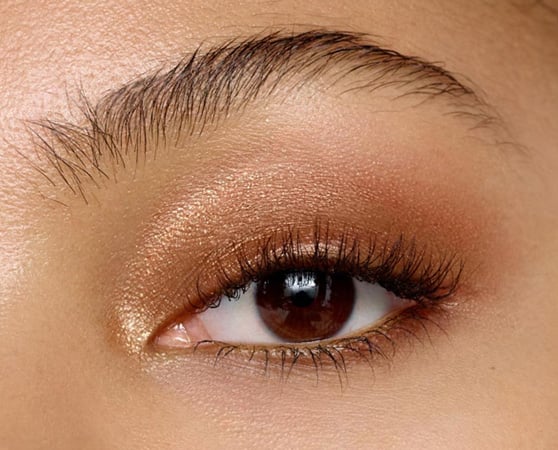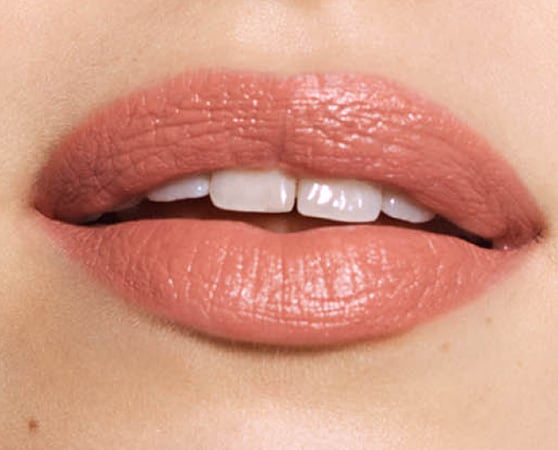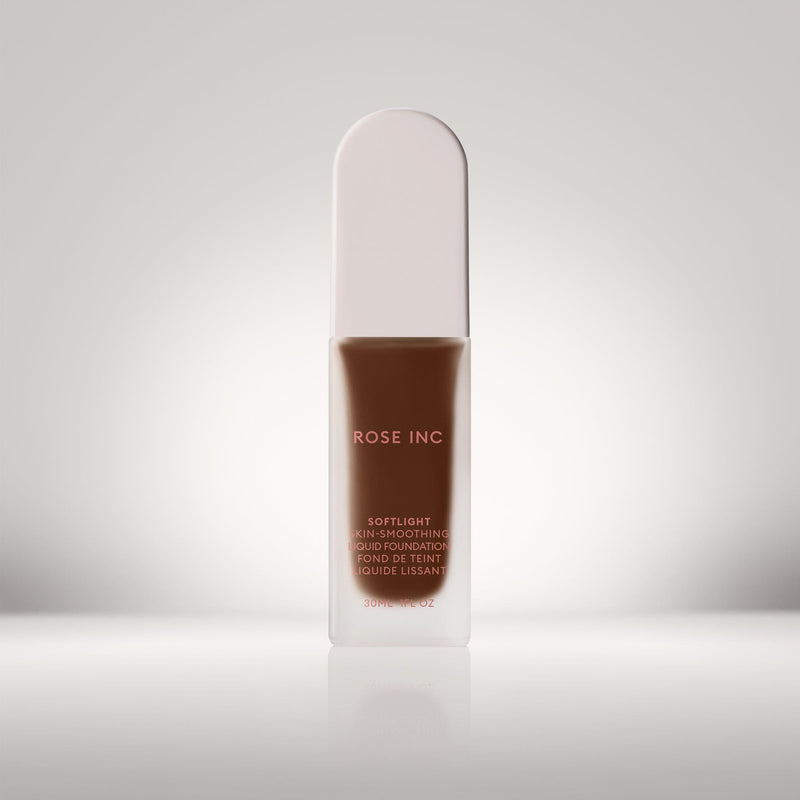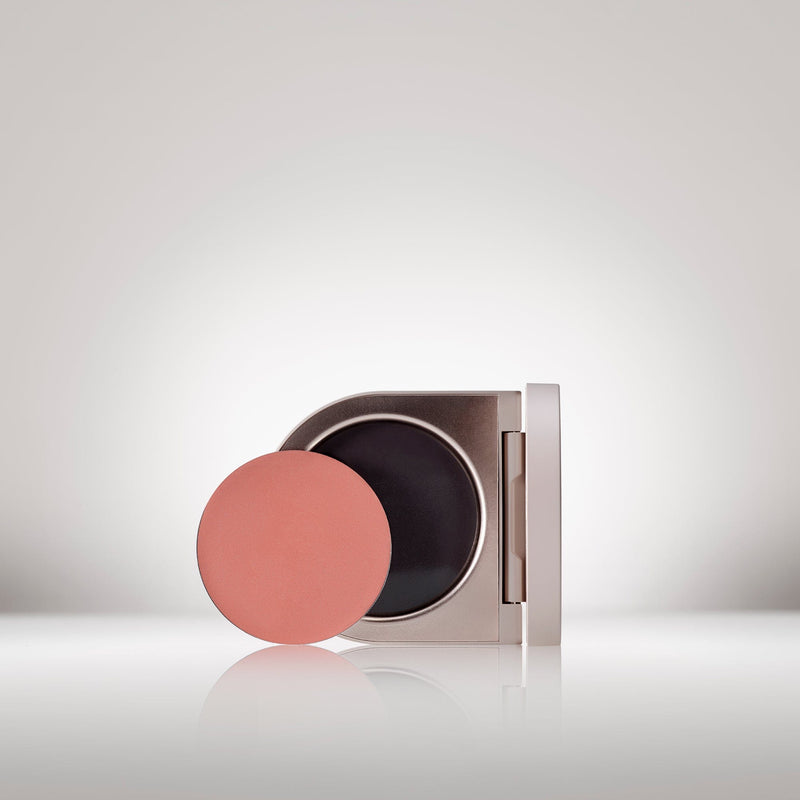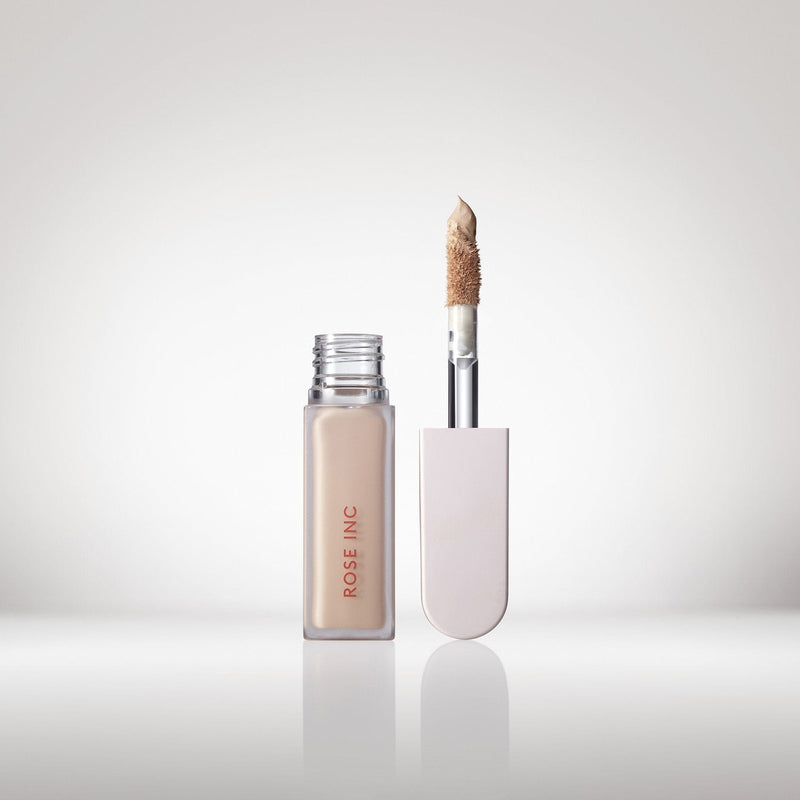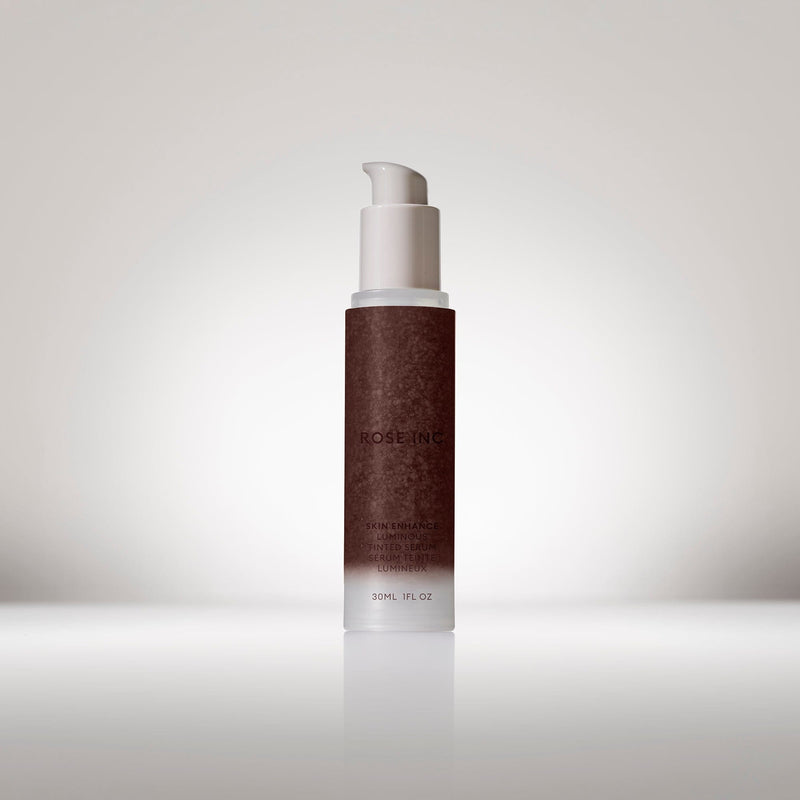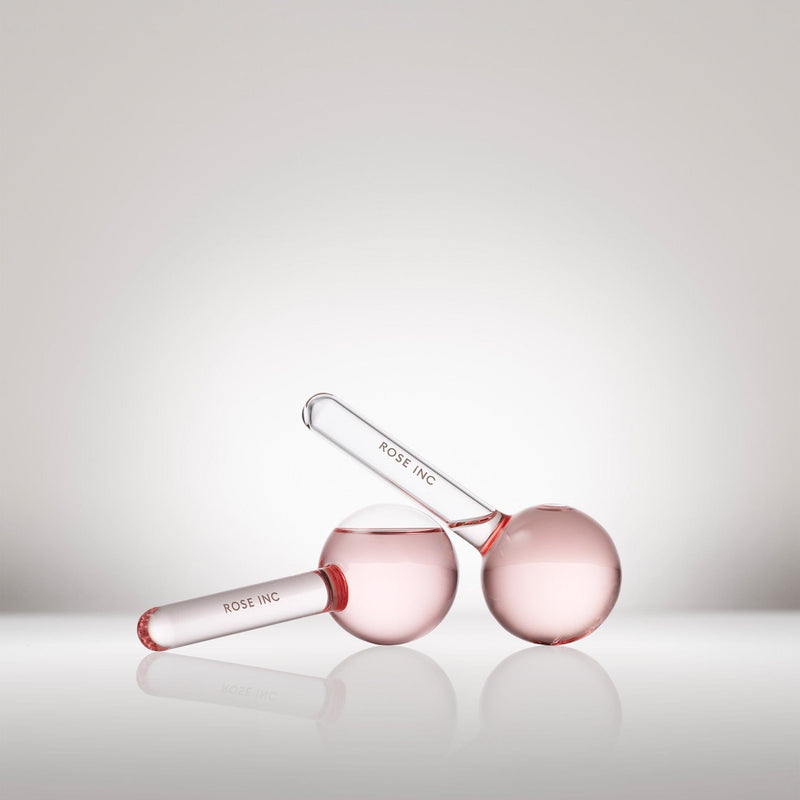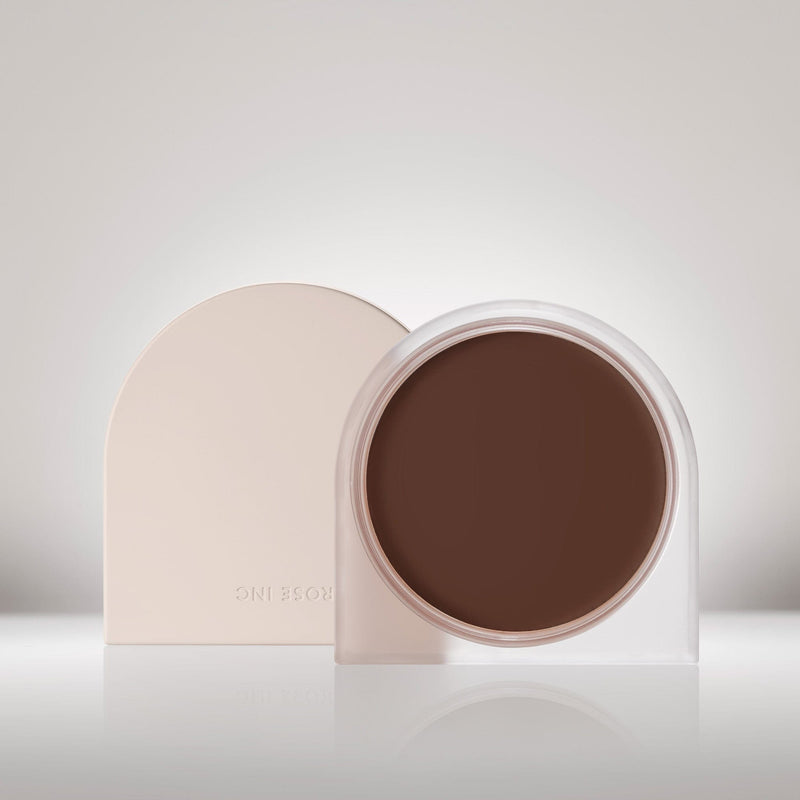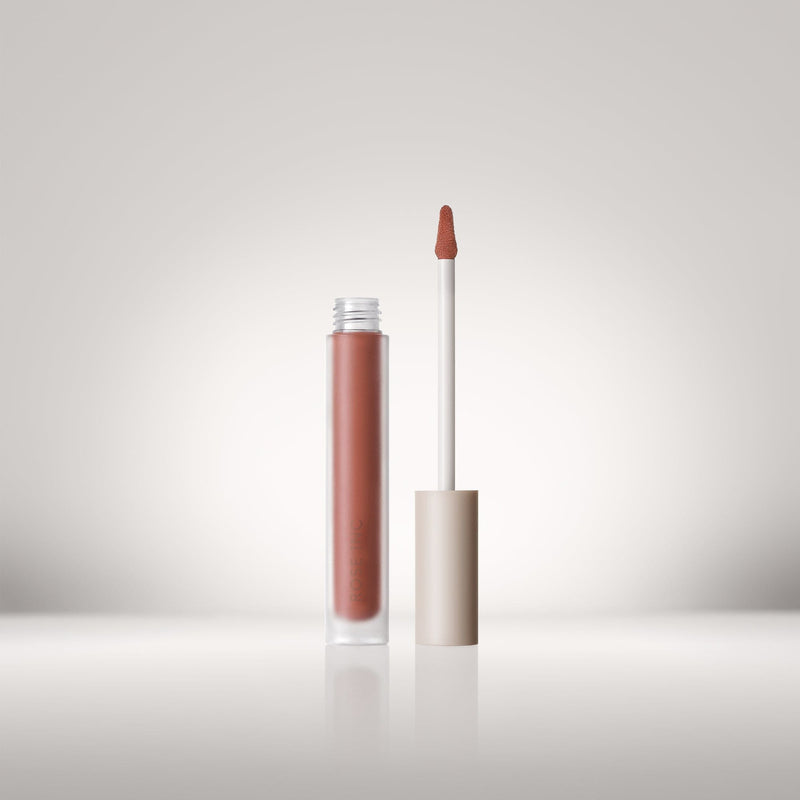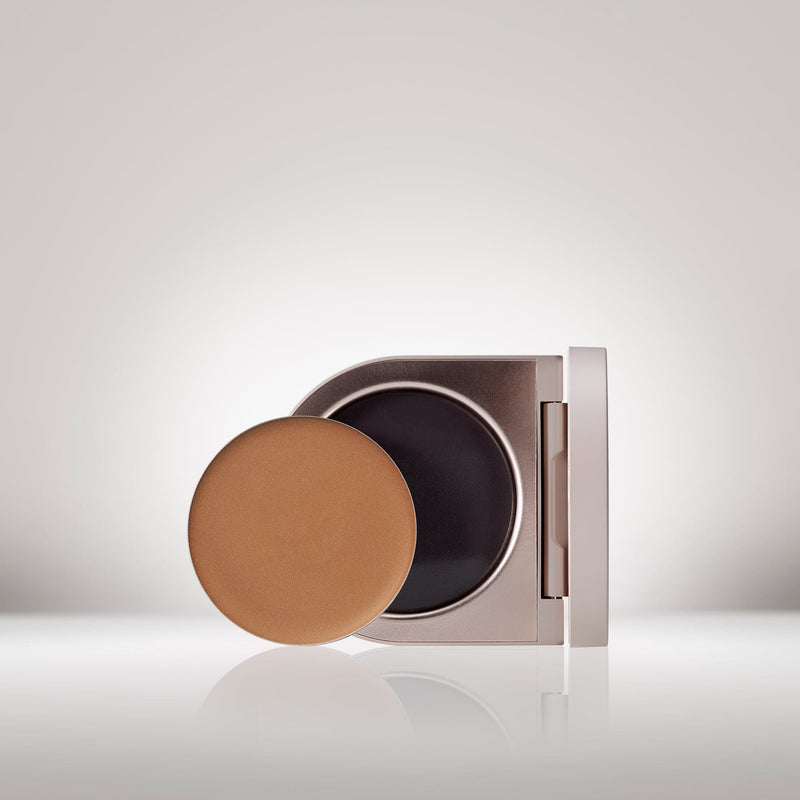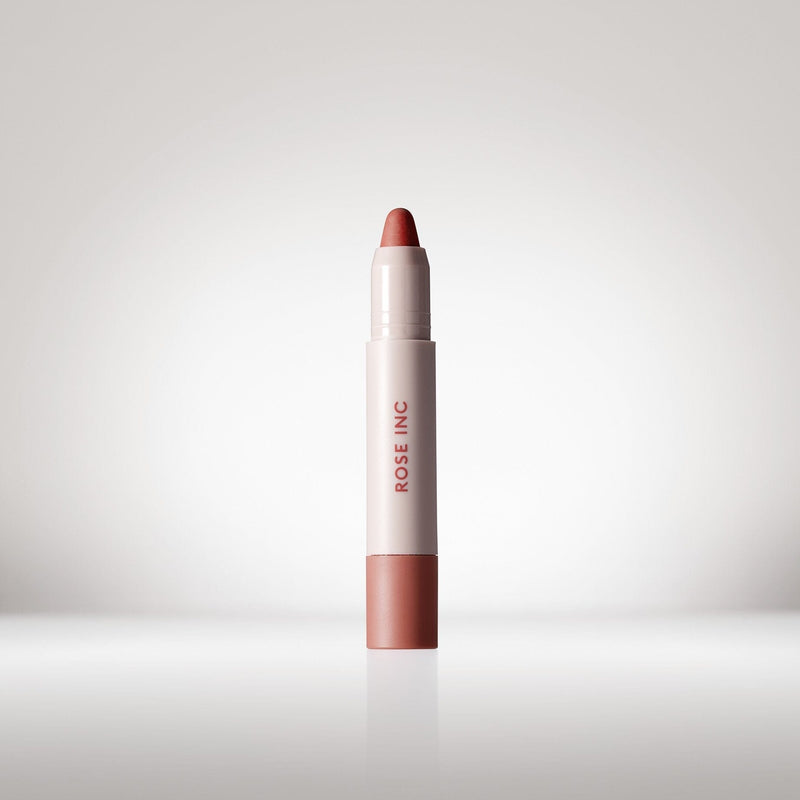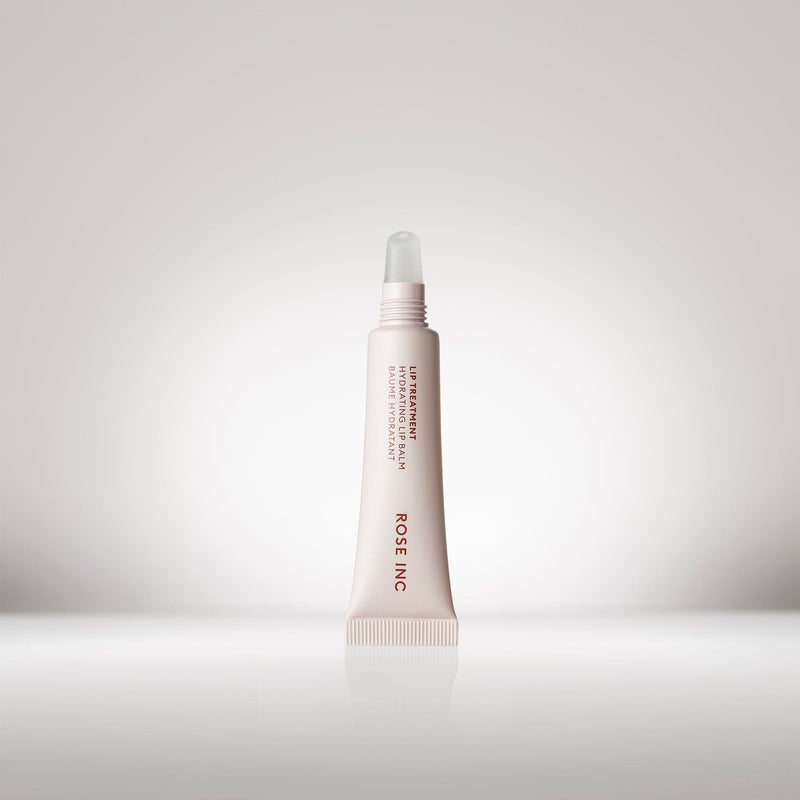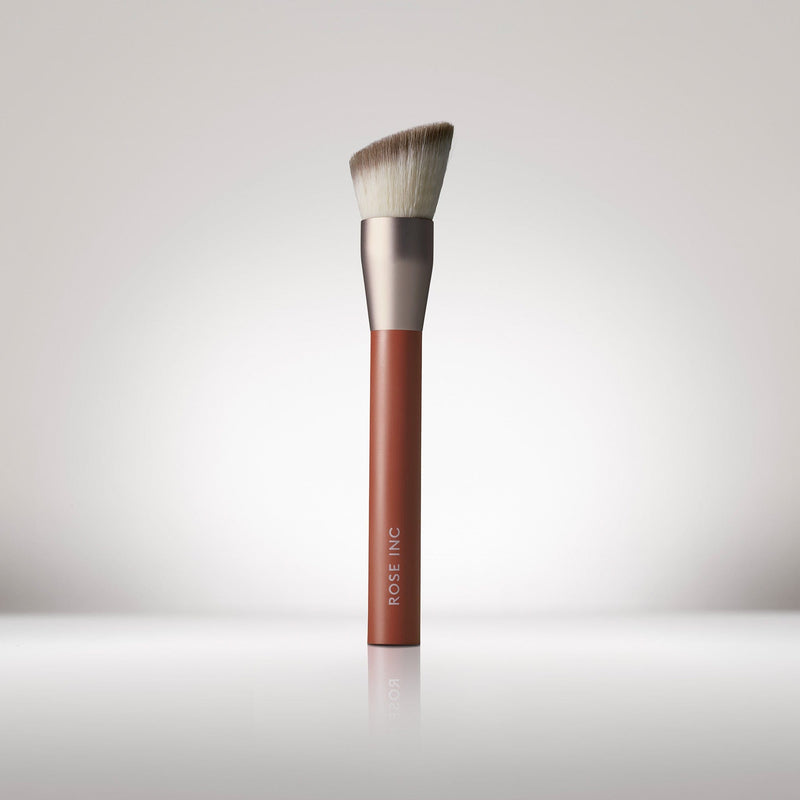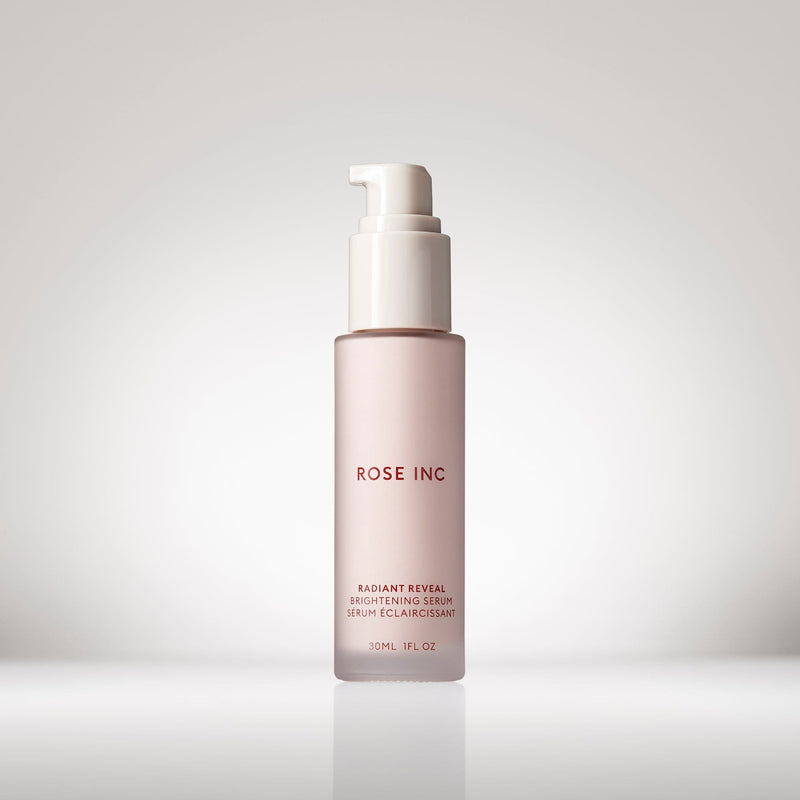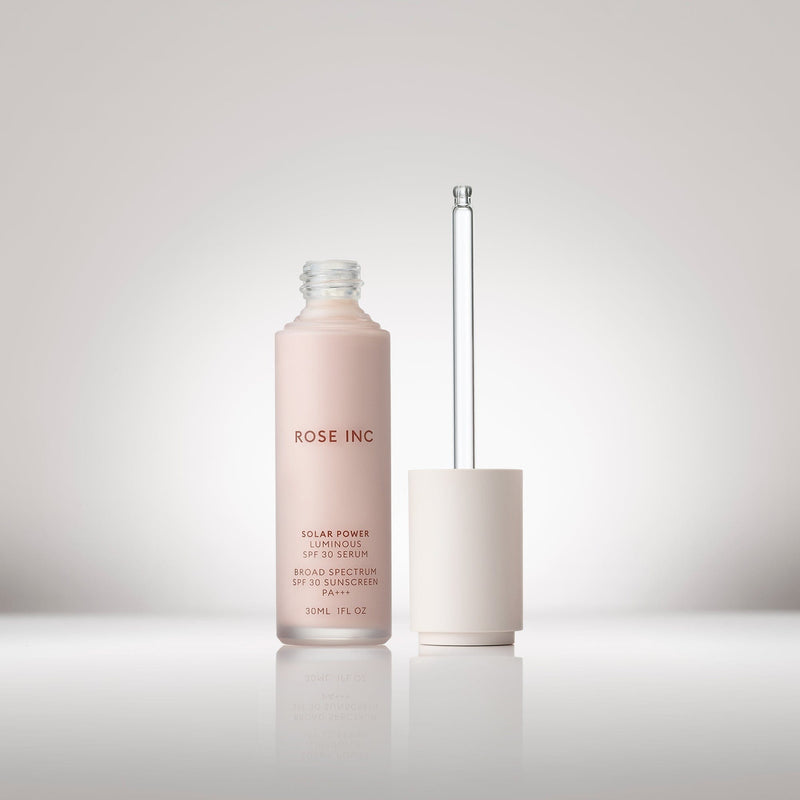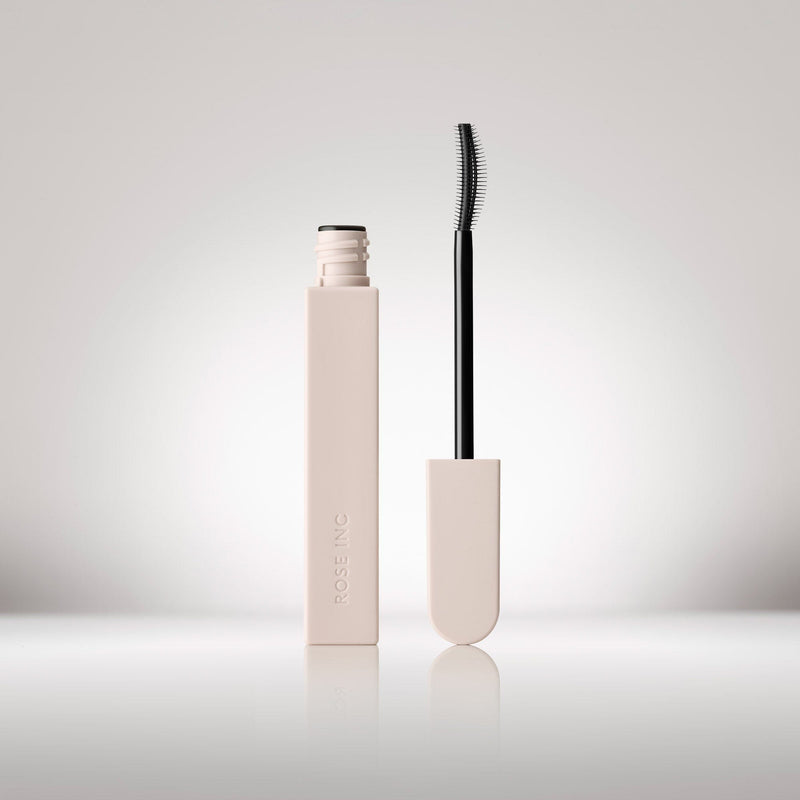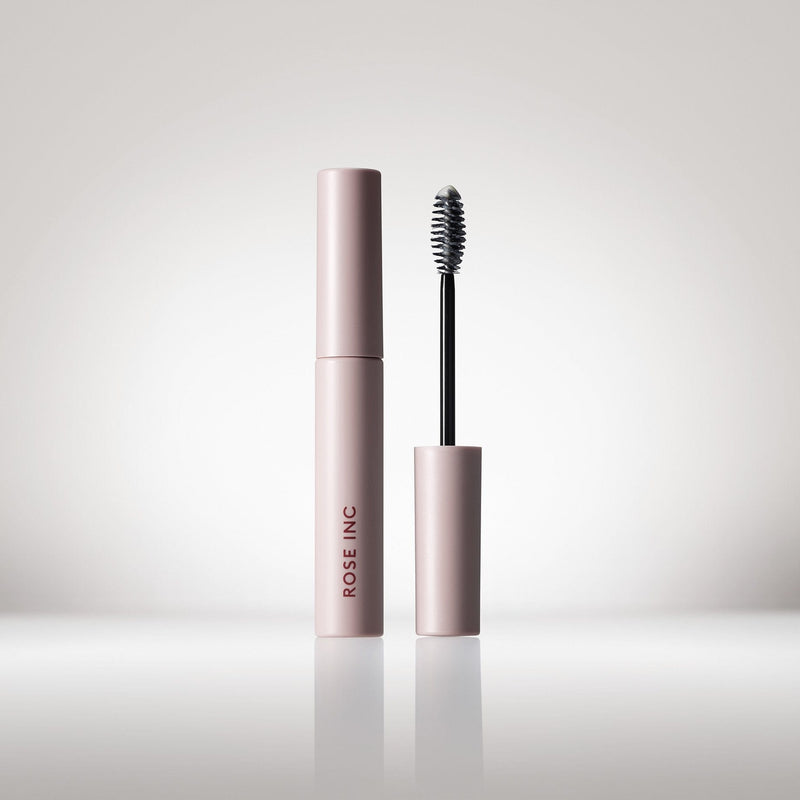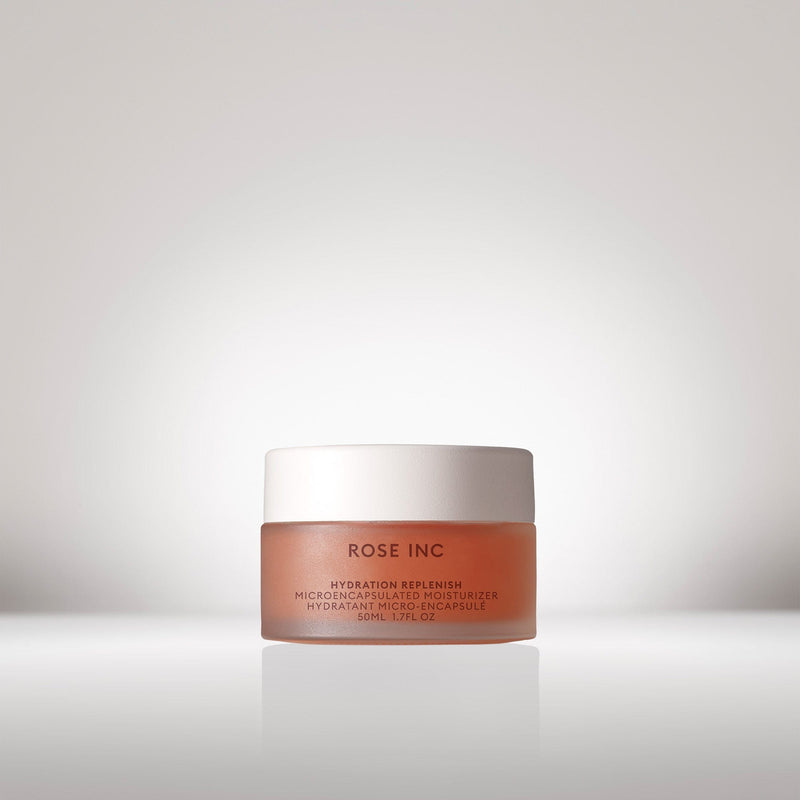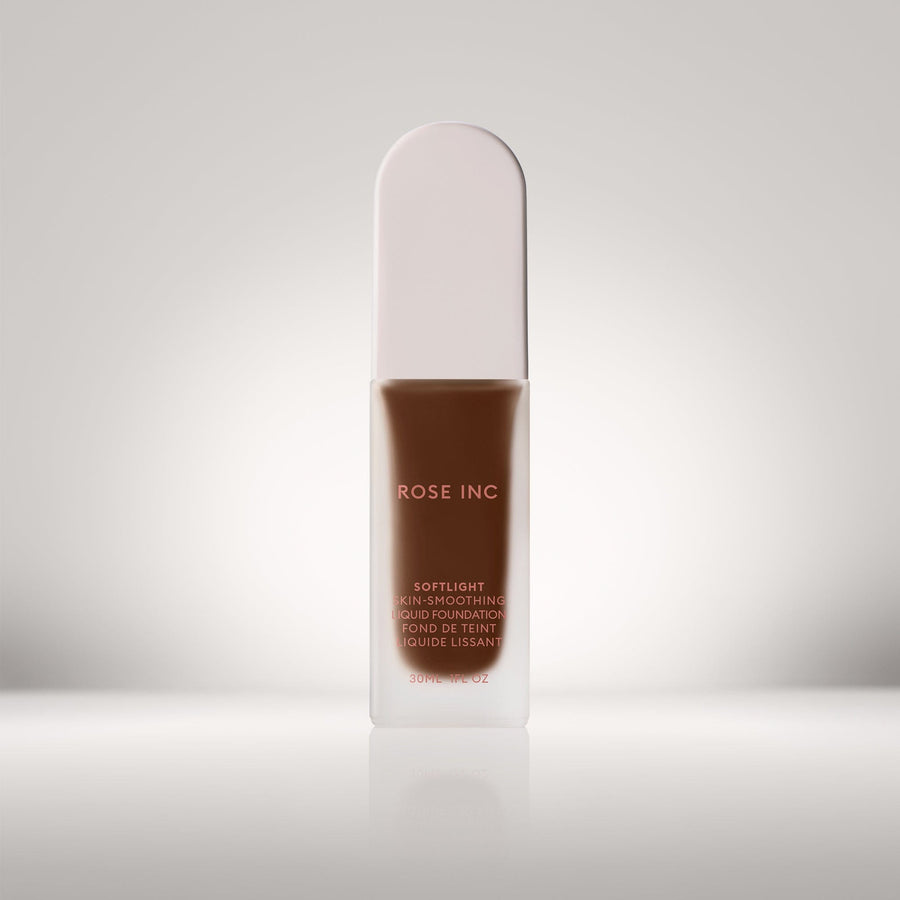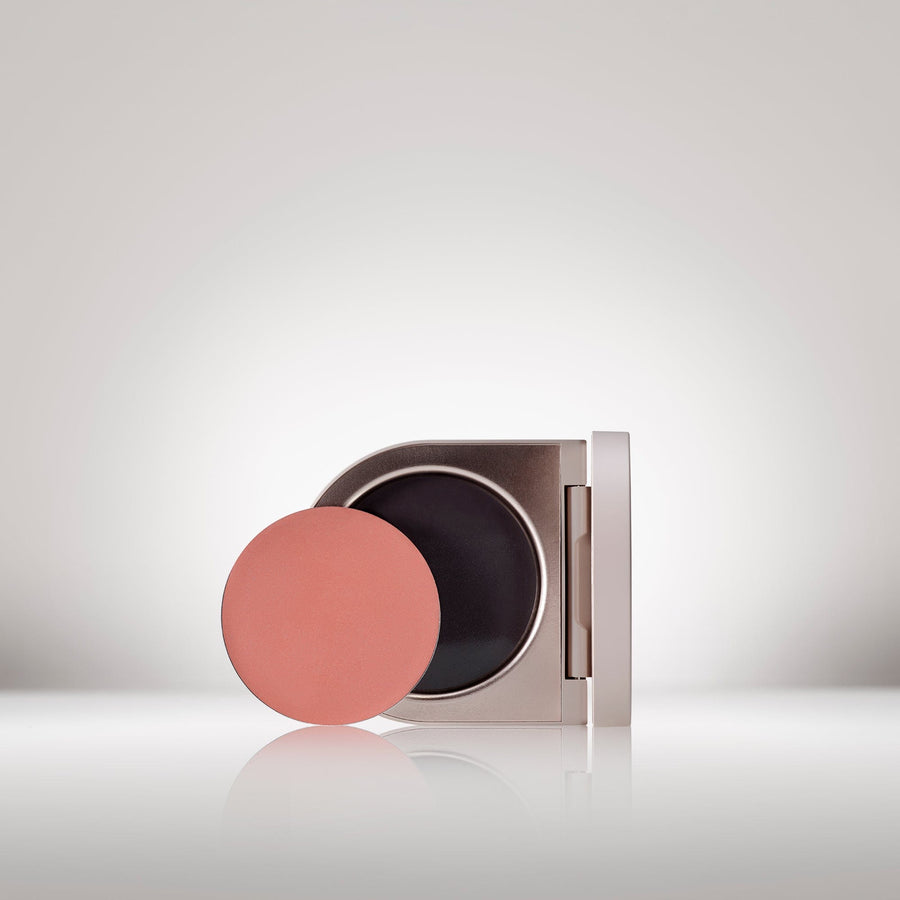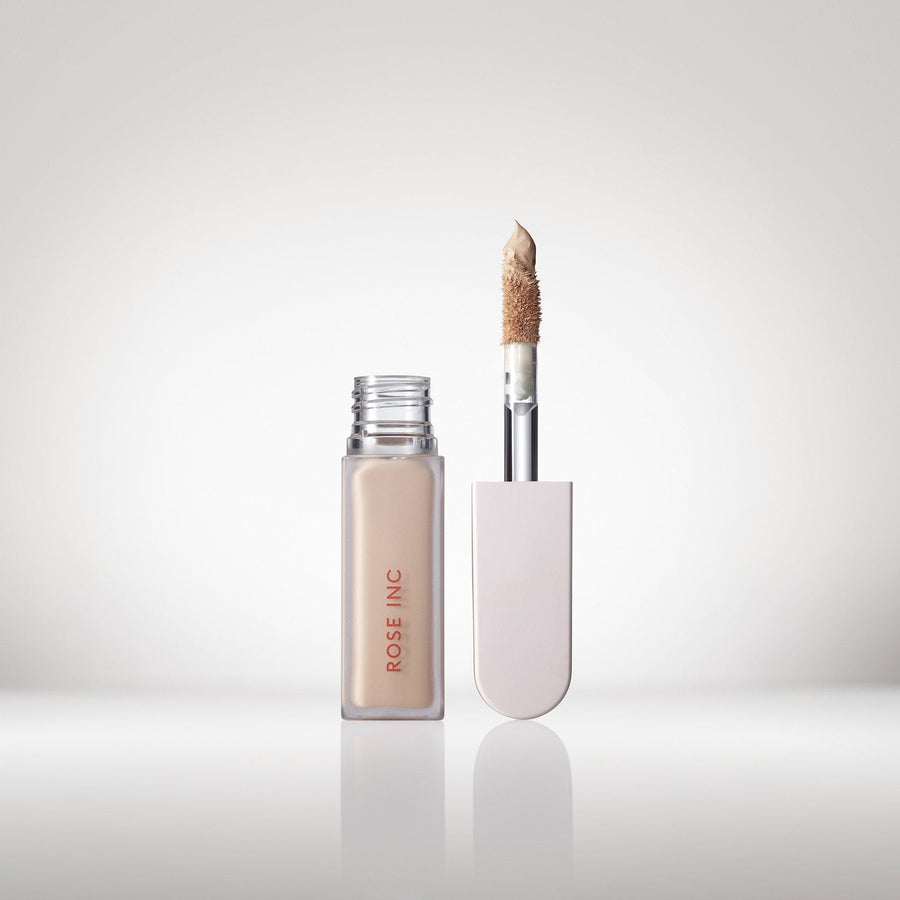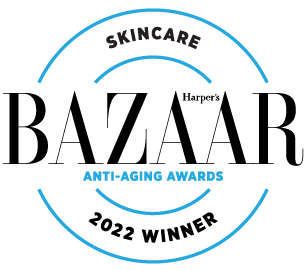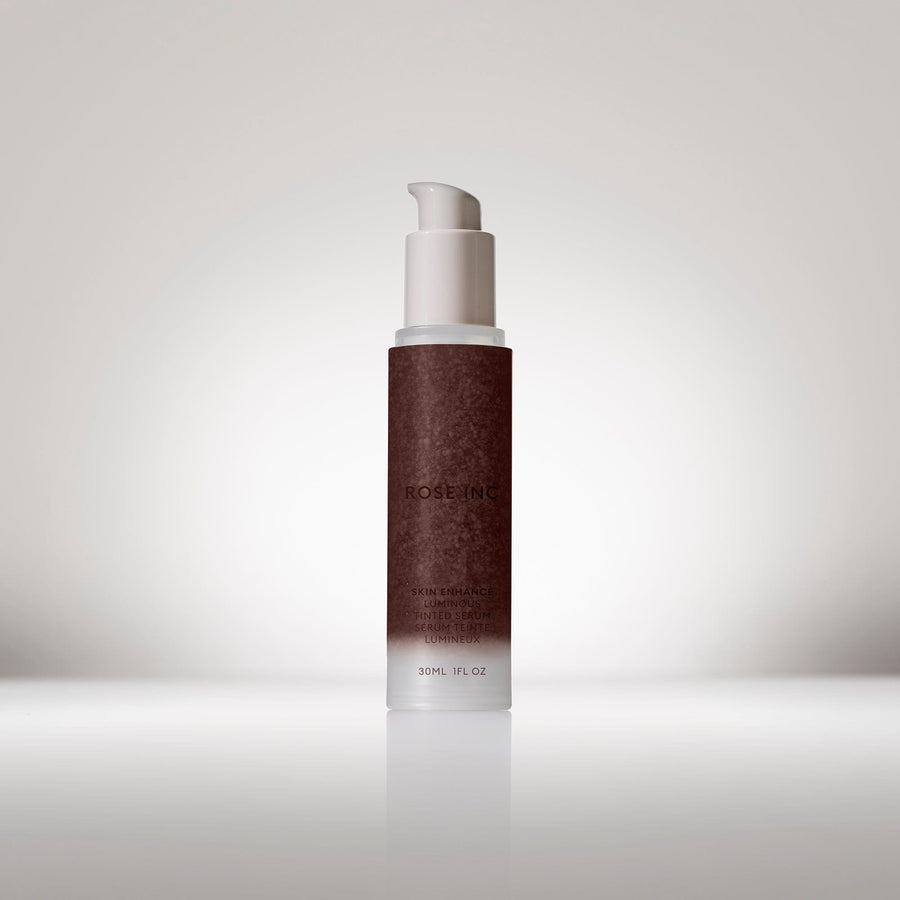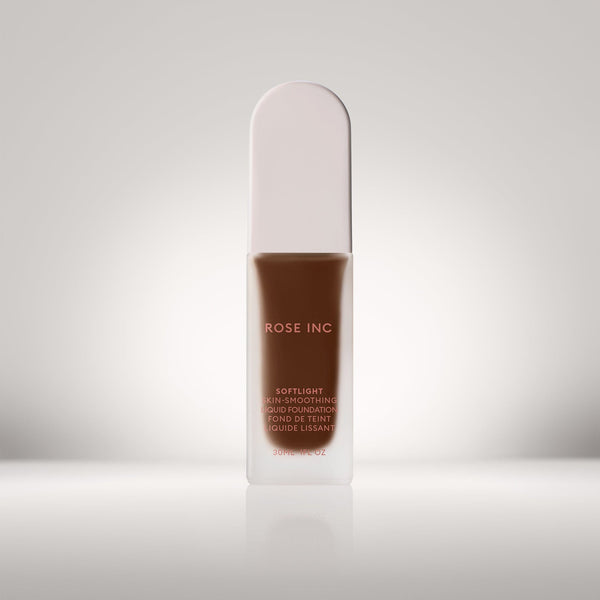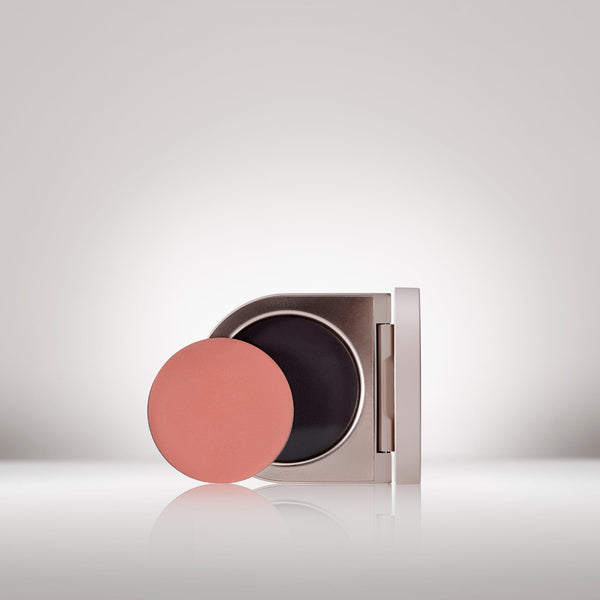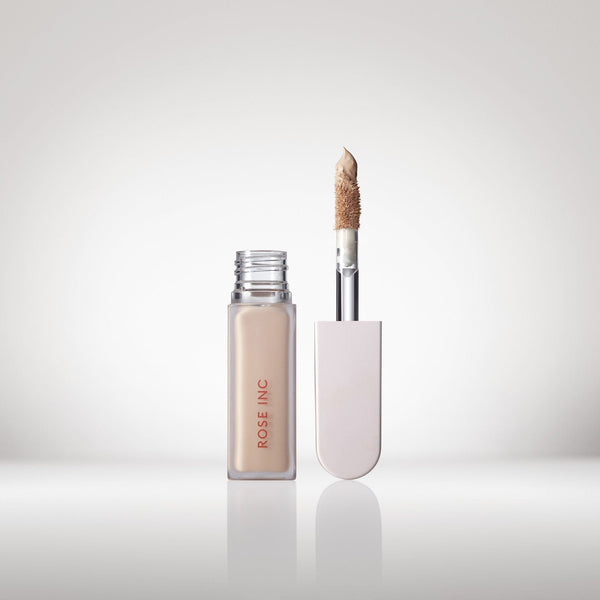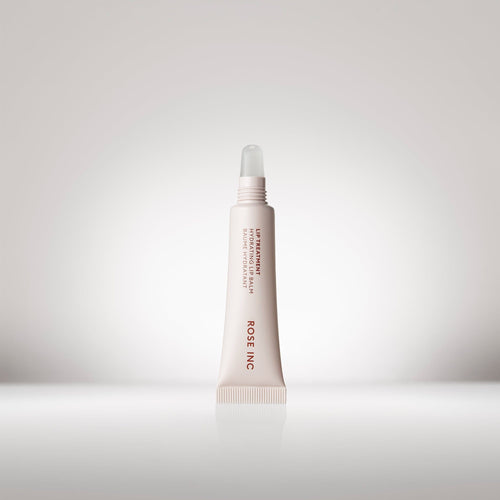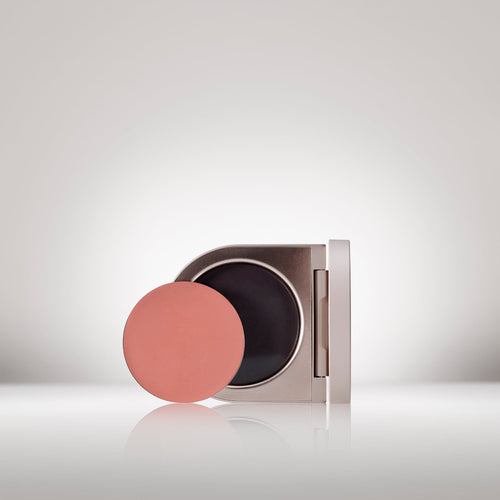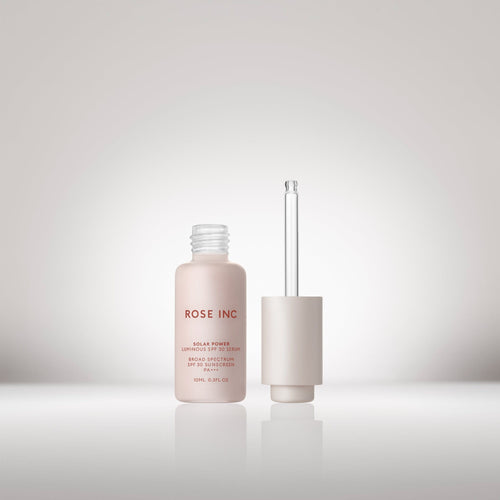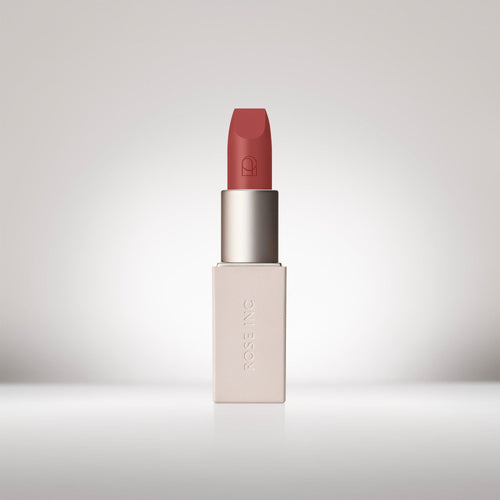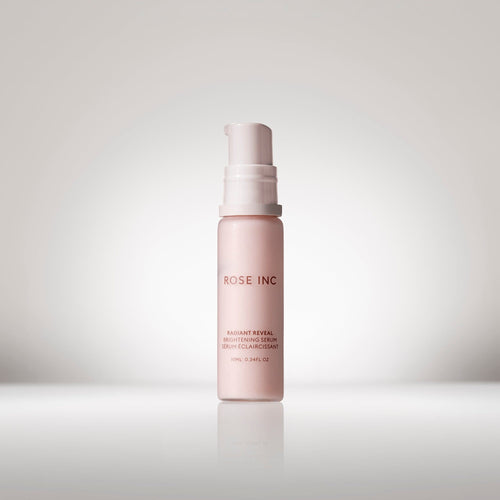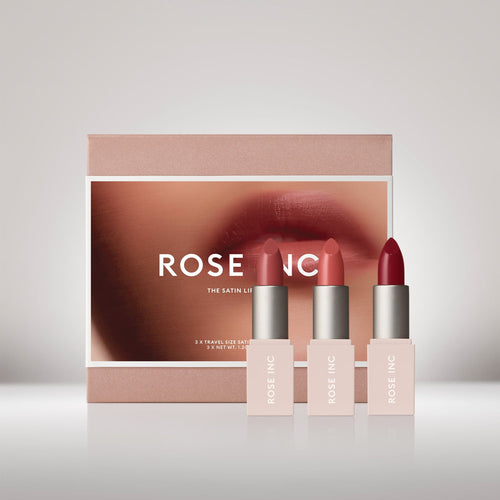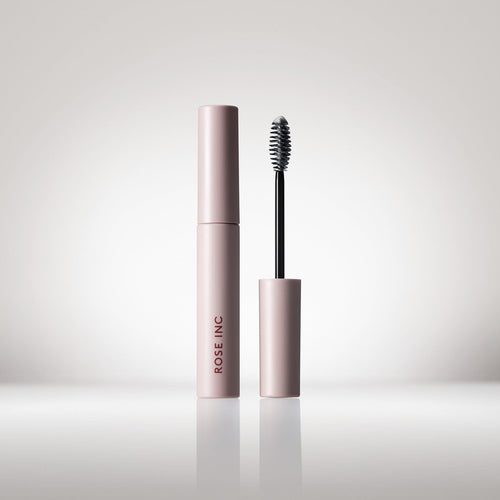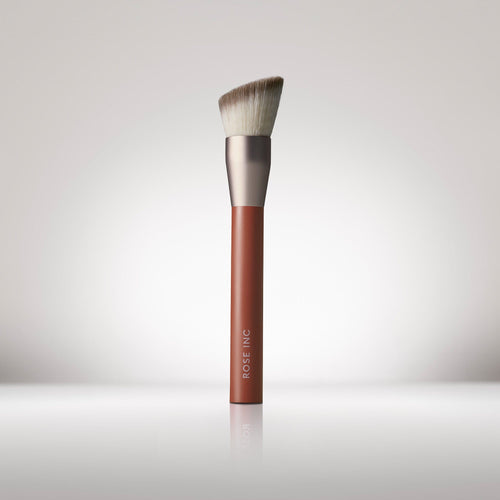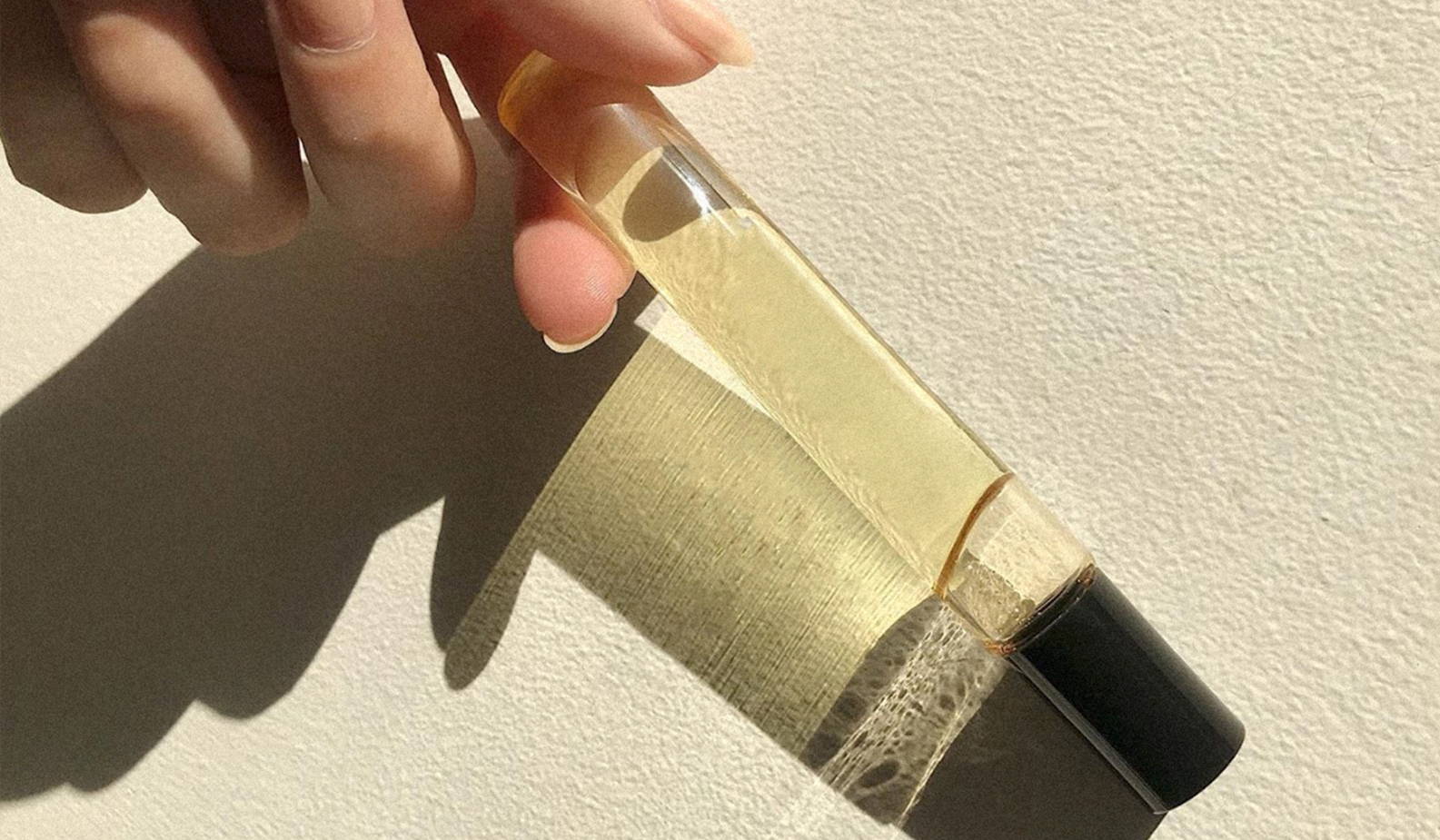
Uncovered: The Truth About Fragranced Beauty Products
Are synthetic fragrances dangerous? Rose Inc. investigates.
The more we study the connections between scent, memory, and emotion, the more we understand how interwoven they are. Scientists at Harvard believe this has a lot to do with our anatomy: Smells quickly pass from the olfactory bulb to the limbic system because of their close proximity in the brain, creating powerful associations between simple scents and profound feelings.
Fragrance is powerful, which is one reason why personal care companies add it to things that don’t necessarily need it for efficacy, like moisturizer and lipstick. It’s also why smelling your grandmother’s powder compact can move you to purchase a product from the same brand. This connection can feel pleasurable and special—but it’s also controversial, as the safety of the synthetic fragrances that commonly perfume cosmetics are called into question by doctors and researchers. But is synthetic fragrance really dangerous? And is natural fragrance any better? Rose Inc. investigates.
Photo by Nikki Cruz
Synthetic Fragrance: The Basics
The first thing to understand is the difference between natural and synthetic fragrance. “A natural fragrance is a composition of raw materials extracted directly from nature, while a synthetic fragrance is composed of materials which are man-made,” explains Tiffany Jeans, founder of New Zealand-based luxury craft fragrance company, Curionoir. She points out that the most complex, longest-lasting perfumes on the market are normally a mixture of both.
When it comes to perfuming skin care or makeup, it might seem like natural ingredients are better, but Toronto-based cosmetic formulator Stephen Alain Ko says it’s far more nuanced. “Natural is not inherently better, and neither is something that is man-made,” he says. “The effect of a chemical should be determined by how it interacts with the human body and environment.”
Synthetic Fragrance: The Impact On Skin
According to Annie Chiu, MD, board-certified dermatologist and owner and founder of The Derm Institute in Los Angeles, synthetic
fragrance is a leading cause of both contact dermatitis (like rashes) and allergic reactions caused by cosmetics. She points to research collected by the National Institute of Health, which reports that “fragranced products can trigger adverse health effects.”
Dr. Chiu adds that “fragrance sensitivity usually manifests itself as burning, stinging, and itching,” noting that those who develop an allergy could also experience swelling, itching, blisters, and blotchiness. “Like sun exposure, these reactions are cumulative,” she says, which means that unseen damage beneath the surface of the skin can lead to chronic dermatitis. “Synthetic fragrance can also exacerbate asthma,” she adds.
But natural fragrances—which are commonly derived from essential oils—can also be irritating to skin, adds Renee Rouleau, celebrity esthetician and owner and formulator of her eponymous skin-care line. “Particularly for skin conditions like perioral dermatitis [an inflammatory facial rash], the first recommendation that a skin-care expert will make is to avoid using products with synthetic fragrance or essential oils in high percentages,” she says. This is why—as the clean beauty industry has grown—essential oils have been widely scrutinized.
Jeans notes that developing a scent that plays nice with skin isn’t just about choosing natural or synthetic. “When you understand the beauty in the science and nature of synthetic and natural ingredients in perfumery or beauty, you can create a harmonious balance,” she says.
Photo by Nikki Cruz
Synthetic Fragrance: The Loophole
Synthetic fragrance is not inherently bad, but U.S. cosmetics laws have made shopping with transparency impossible. The FDA considers fragrance a “trade secret,” so brands that scent their products can simply add 'fragrance’, ‘perfume’, or ‘parfum’ to the end of an ingredient label instead of listing the raw ingredients that formed the scent, creating a dangerous Trojan horse on ingredient labels.
Without regulation, hiding cheap, potentially-dangerous chemicals in a product is easy. Phthalates, for example, are a group of chemicals on most clean beauty no-no lists because they’re thought to be endocrine disruptors, but according to the NIH and Environmental Working Group, they’re common in proprietary ‘fragrance.’ In fact, a company might use hundreds of undisclosed chemicals to formulate a single scent that goes into a hand cream or hairspray.
Synthetic Fragrance: The Environmental Impact
There’s a flip side to this, however, as natural fragrance—although believed to be better for your health overall—can put stress on natural ecosystems. Jeans points out that Indian Sandalwood, for example, is vulnerable to extinction—just one of many popular natural ingredients that are not sustainable at a large scale.
“It can take 10,000 roses to make 5ml of essential oil or 60 roses for one drop of rose otto,” Jeans says. Outside of land and water usage, true sustainability must also take into account transparency of global supply chains and workers’ rights, just two more factors that make the issue even more nuanced.
Scent is not only tied to emotion and memory, but it impacts the planet and our health, so whether you choose to use synthetic or natural fragrances—or go fragrance-free—is just one more example of how deeply personal fragrance can be.
Photographs by Nikki Cruz
